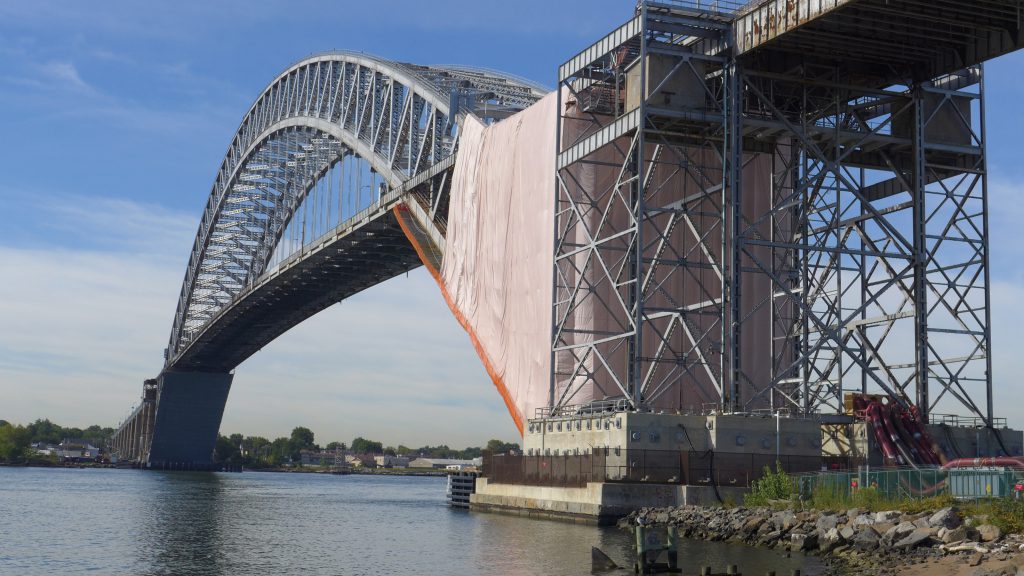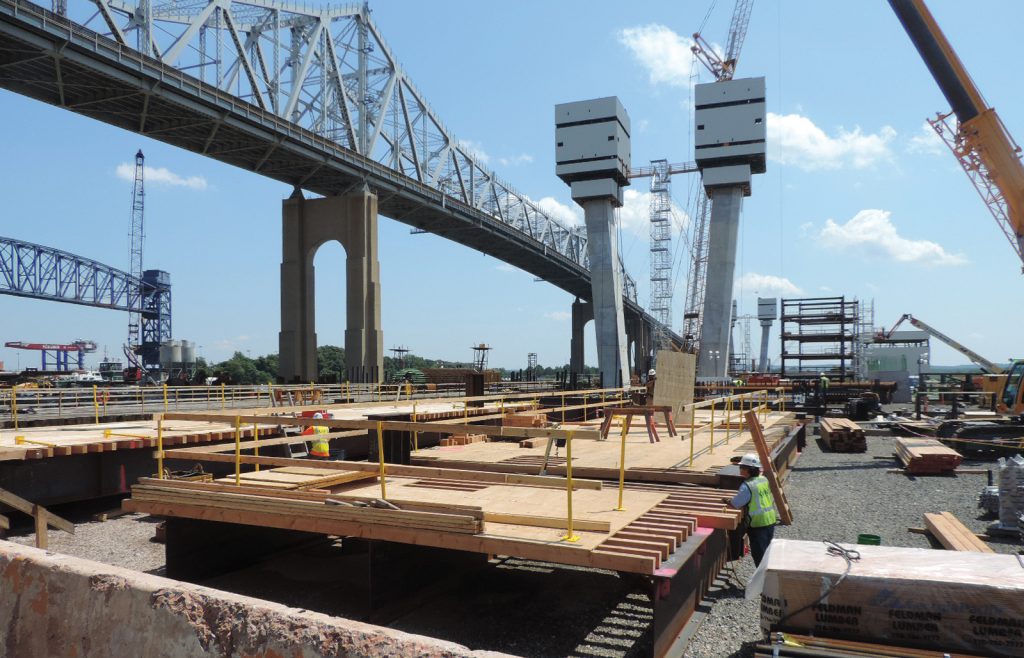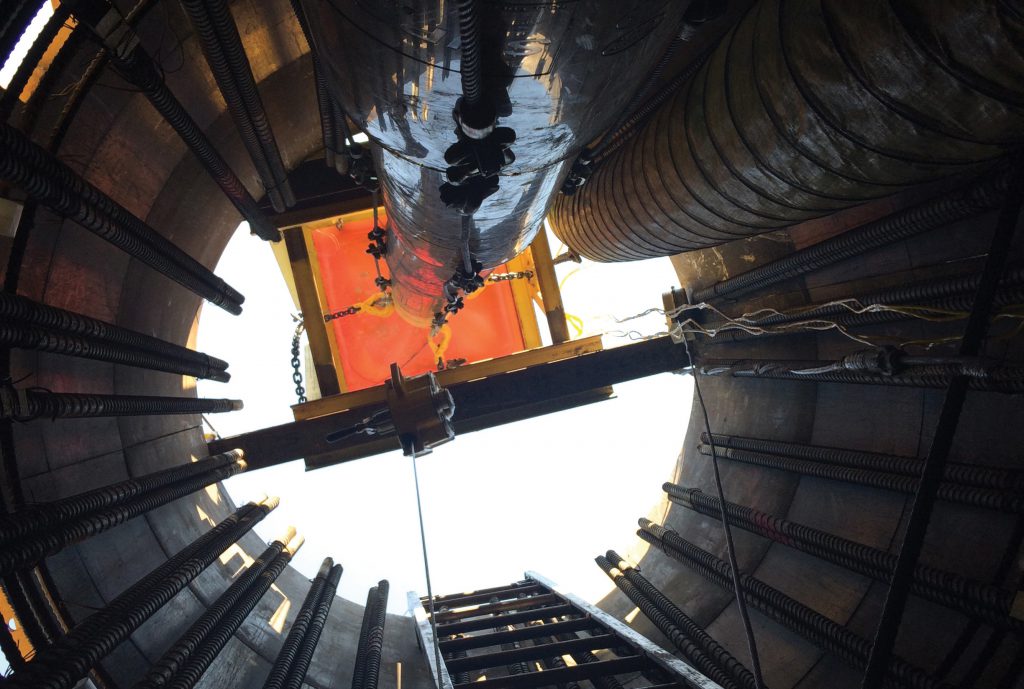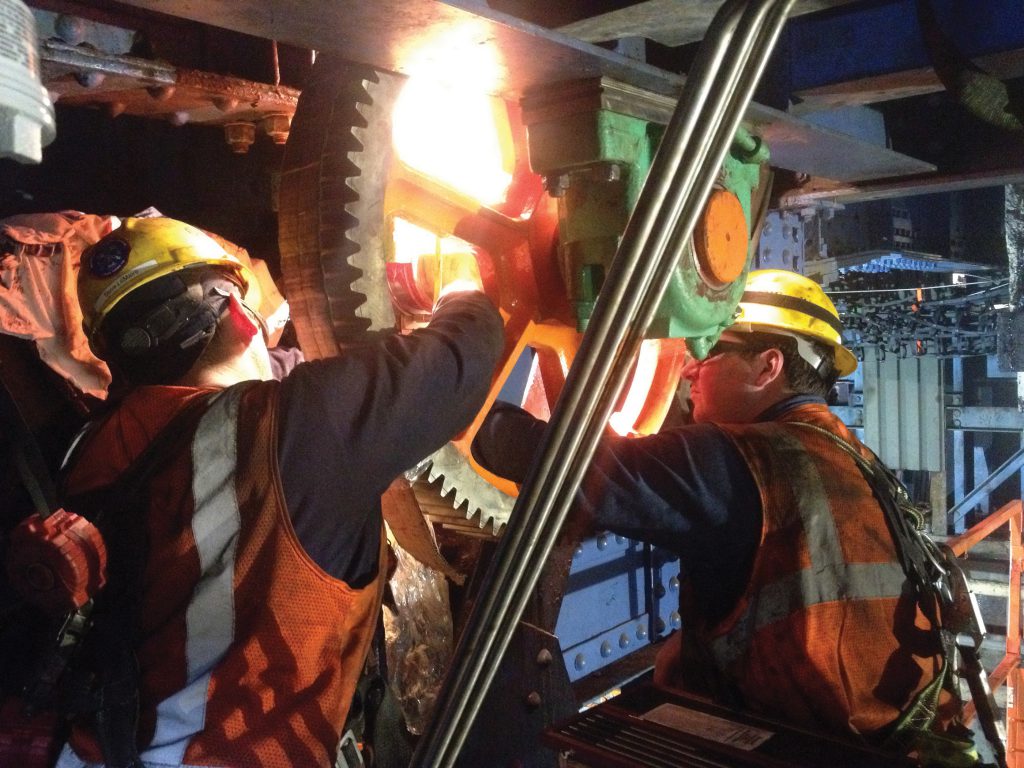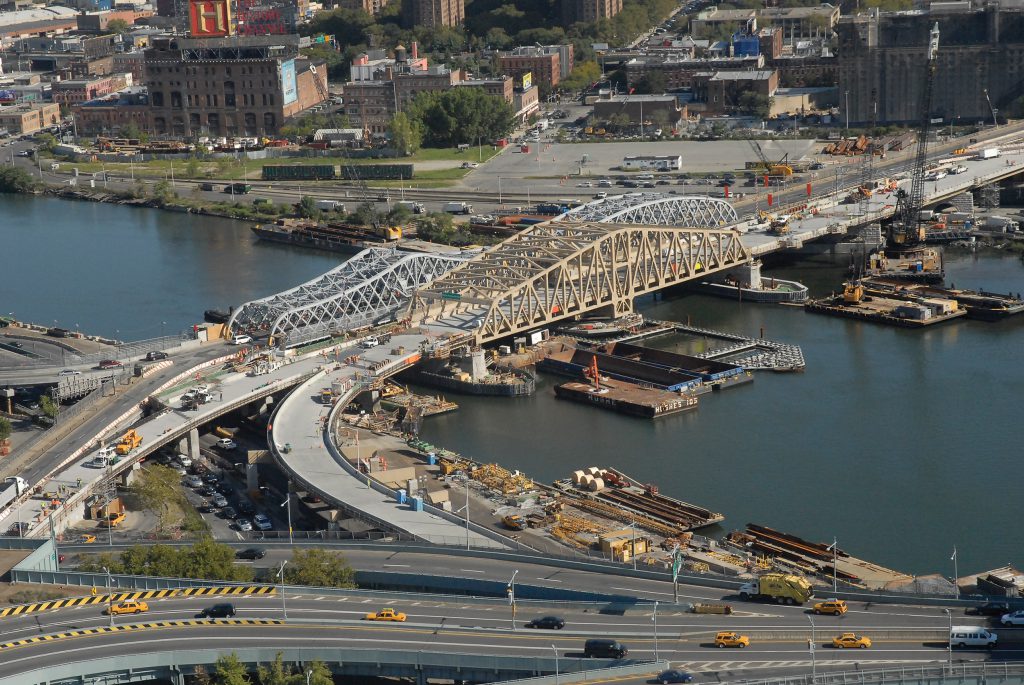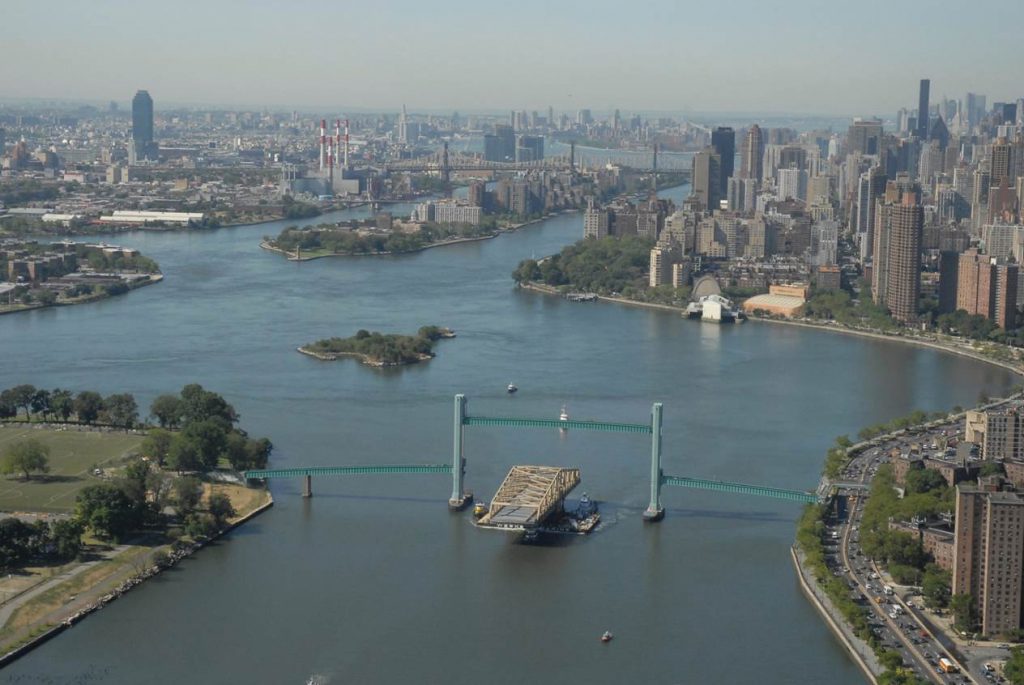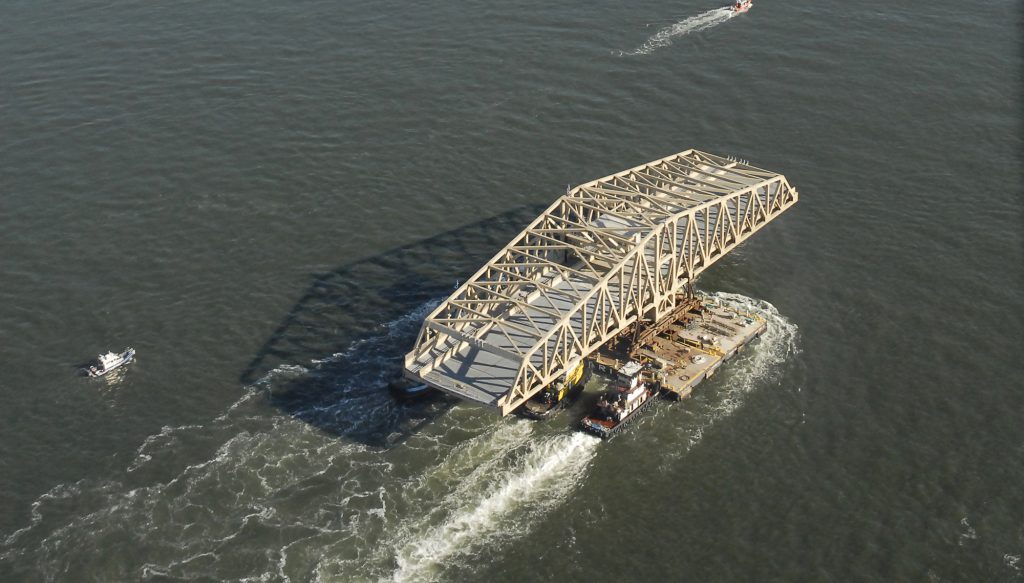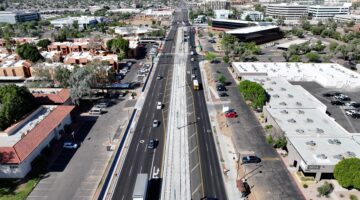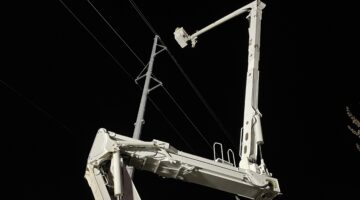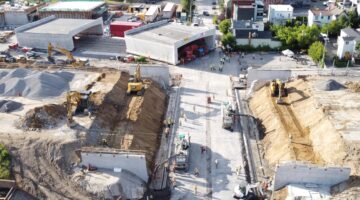At face value, a bridge is a simple concept: a road that stretches across an obstacle and carries people and vehicles safely from one side to the other. But to those who build the bridge, it’s much more complicated.
What type of bridge is it?
Does it lift or swing?
What travels under it? Or above it?
What elements does it need to withstand?
Will it be open to traffic during construction?
And the list goes on and on.
Kiewit is currently asking these questions and many more about several bridge projects in New York City and New Jersey. In the densely populated metropolitan area entangled with buildings, utilities and other obstacles, the construction logistics for these projects become extremely complex. But Kiewit — which has been constructing bridges in the area for close to 50 years — is up to the challenge of improving infrastructure in perhaps the most iconic city in the United States.
Reasons to (re)build
A recent New York Times article puts the number of bridges in New York City at nearly 1,500. Several agencies, including New York City Department of Transportation (NYC DOT), New York State Department of Transportation (NYSDOT) and Port Authority of New York and New Jersey (Authority), among others, are responsible for maintaining the structural integrity of those bridges.
But the reasons for either demolishing, rehabilitating or building a new bridge are varied.
“Each project has its own unique story behind the need for construction, from a historic storm to the local impact of changing infrastructure trends across the world,” said Kiewit Senior Vice President Wayne Thomas. “Our job as contractors is always the same: safely deliver a quality bridge, on time and on budget.”
On some projects, including the Kosciuszko Bridge (K Bridge) and Goethals Bridge, it’s simply a matter of age and long-term public safety. At more than 75 years old, the bridges are past their prime and need to be rebuilt to more safely and efficiently handle increasing traffic.
The Metropolitan Avenue Bridge in Brooklyn, which opened in 1931, is being rehabilitated due to damages it sustained during Superstorm Sandy. Water from the 2012 storm damaged the bridge’s machinery and electrical components. Kiewit, which made upgrades to the bridge 10 years prior, was contracted to install a temporary operating system, remove and rehabilitate the existing machinery and electrical components, and reinstall them.
The Bayonne Bridge between Bayonne, N.J. and Staten Island has perhaps the most interesting story. More than 2,000 miles south, the Panama Canal is being widened to accommodate larger ships. At 151 feet, the existing Bayonne Bridge is too low to allow the new “post-Panamax” vessels access into New York and New Jersey ports. Instead of demoing and building a new bridge, a Skanska-Kiewit joint venture is “Raising the Roadway” 64 feet to a clearance of 215 feet.
Construction is underway in New York and New Jersey to raise the Bayonne Bridge by 64 feet in order to accommodate new, larger Post-Panamax vessels that will travel through the widened Panama Canal in Central America.
Coordination in the country’s largest city
With more than 8.4 million residents and 54 million annual visitors, New York City is a crowded place, and that’s just in terms of people. The infrastructure that supports 27,000 people per square mile is made up of more than one million buildings, 7,500 miles of sewer, more than 6,000 miles of gas line, and more than 20,000 miles of overhead electrical cable. The city’s transportation network includes nearly 14,000 taxis and 5,000 buses, and residents spend more time in traffic commuting to work each week than any other metropolitan area.
All of this hustle and bustle, coupled with the multitude of construction projects going on in the NYC Metro, can challenge schedules.
“There’s a lot of construction going on at many of the major crossings and highways nearby,” said Trent Andres, assistant project director on the Goethals Bridge. “We strategically plan deliveries, concrete pours, bridge closings, lane closures and other major operations that rely on timing and coordination with activity on other projects in the area.”
Travel under the bridges — be it highway, railroad or marine — poses its own unique issues.
“On the movable bridges, one of the greatest challenges is that the bridge needs to remain operational for marine vessels throughout construction,” said Pete Maglicic, project manager on Kiewit’s movable bridge work at Metropolitan Avenue, Ward’s Island and Willis Avenue. “Oftentimes, we get about a two-hour notice before the bridge has to be opened, which impacts our schedule. It challenges us but is something we’ve learned to roll with, working on so many movable bridges.”
At Bayonne Bridge, construction of the main span is a civil engineering landmark. The project team is building the new, higher bridge deck within the existing, lower bridge, which remains open to traffic.
“Safety is the most important thing on every project, but each job’s unique approach to the work shapes our biggest concerns,” said Kiewit Sponsor, Peter Potvin. “On Bayonne – where construction is above live traffic – access, fall protection and dropped object protection become an especially critical focus.”
Even travel above the bridge must be accounted for during design and construction. For instance, much of the Goethals Bridge design is based on the close proximity of Newark Airport. Planes will take off and land over the bridge, so it’s being built with a lower profile to comply with the Federal Aviation Administration (FAA) clearance zone.
Point of pride
Taking into account its current bridge projects, Kiewit touches all five New York City boroughs and parts of New Jersey. For crews, working on iconic and historic structures adds to the excitement of construction.
“You can go to a place like Yankee Stadium and pass several projects Kiewit has worked on,” said Scott Petrie, segment manager on the current K Bridge rebuild and formerly on the Willis Avenue and 145th Street Bridge projects across the Harlem River. “It’s fun to drive by and tell family and friends ‘I helped build that.’”
Thomas is quick to credit the hard work of Kiewit’s people for the company’s ability to help bring these mega projects to life.
“I’ve been with Kiewit for 27 years and this is some of the most technically challenging work I’ve ever seen,” he said. “Of our three biggest bridge projects, we’re working on a P3 (public-private partnership), a design-build and a bid-build, proving we can be competitive in almost any procurement model if we set our minds to it.”
“We’ve been able to capitalize on the skills and experiences available across our company and our partners’ companies. These are all signature projects in the NYC Metro and I’m very proud to be part of the teams that are building them.”
